
Dust Collector Frequently Asked Questions: Part 2 | Aerodyne
Dust Collector Frequently Asked Questions: Part 2
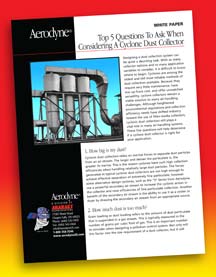
Case Study: Compact Cyclone Key Component in Tablet Dust Reclamation? GPC Helps Keep Pharmaceutical Process in Check with FDA
Compact Cyclone Key Component in Tablet Dust Reclamation? GPC Helps Keep Pharmaceutical Process in Check with FDA
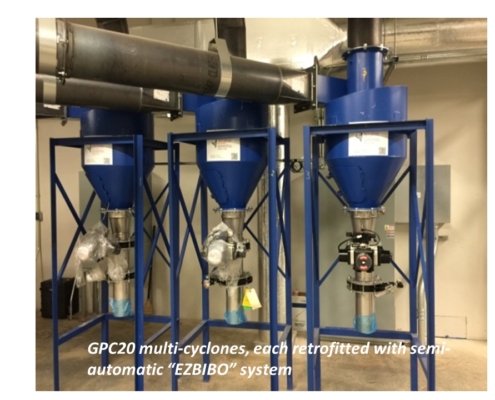
Aerodyne Cyclones help with Pharmaceutical Product Reconciliation
Aerodyne Cyclones help with Pharmaceutical Product Reconciliation and Easy Maintenance with Aerodyne Compact Cyclones

Introducing the “EZBIBO” for Pharmaceutical Processes? A Beginner’s Guide to Easy Bag-In Bag-Out Hopper Waste Reclamation System!
EZBIBO system allows for capture & bagging of waste material in the pharmaceutical process allowing for weighing & accounting of all materials used in process.

Pharmaceutical Industry: What’s Aerodyne GPC Cyclone got to do with it?
Aerodyne has cyclone that the pharmaceutical industry needs either installed indoors(NFPA-654 7.13.1.1.2 (2)) or even inside clean rooms.
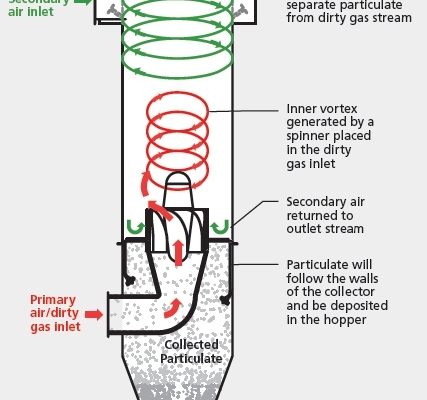
Spray Dryer Application Excels with Help of Cyclone
See how a spray dryer's efficiency was improved by adding in a cyclone dust collector for a livestock feed application.
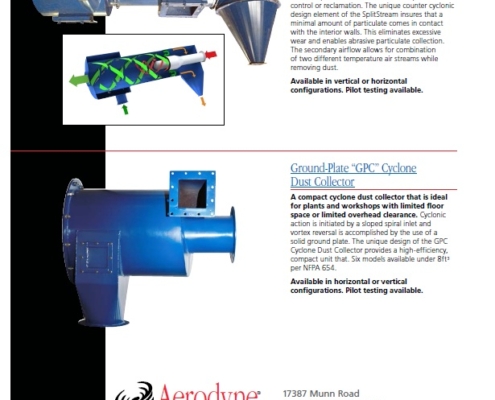
Dust Collection System Reclaims Lost Tea Dust
See how a dust collection system was able to reclaim tea dust that was typically lost in transport air.
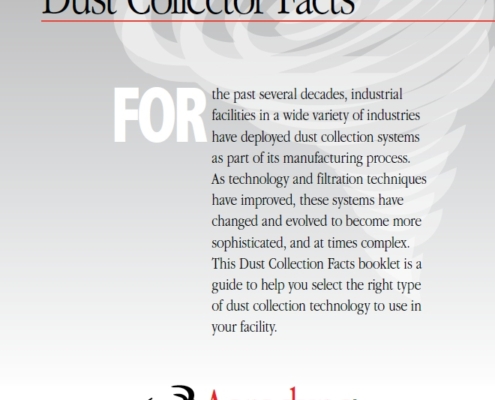
How to Improve Your Dust Collection System
See how Aerodyne's GPC improved the dust collection system of this US silica processing facility.
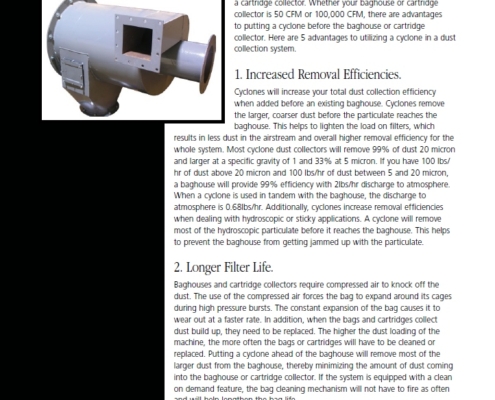
How to Prevent Hazards with Cartridge Collectors
See how the GPC dust collector was used as a pre-filter to cartridge collectors to prevent a US company’s facility from going up in flames again.

Cement Dust and Hot Hot Heat
See how the SplitStream from Aerodyne solved the baghouse issues at this cement dust processing plant.

